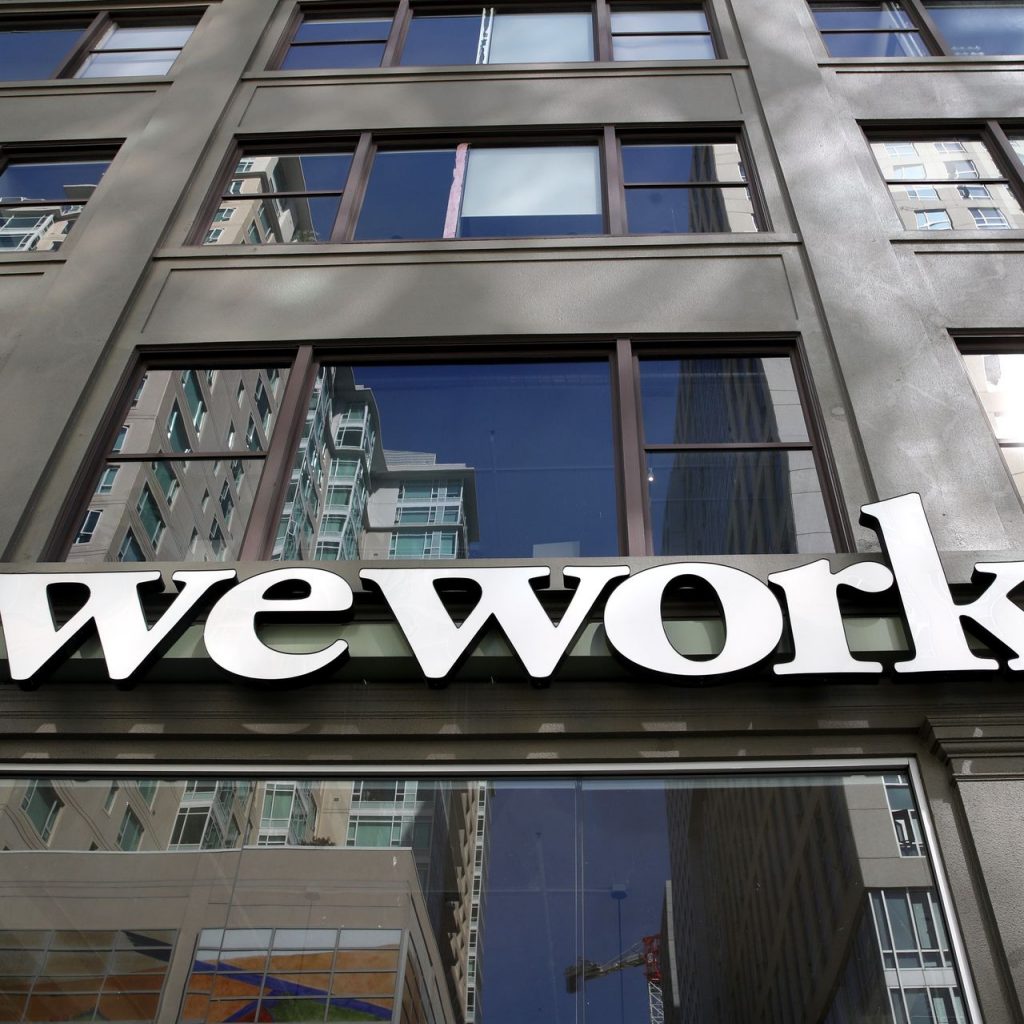For one week each winter over the past 50 years, the tiny town of Davos, Switzerland is transformed from a premier world-class skiing destination into a global center of forward-looking business and political planning.
World leaders recently wrapped up the exclusive annual World Economic Forum in Davos-Klosters, Switzerland. Business and political leaders participated in global meetings under the theme of “Stakeholders for a Cohesive and Sustainable World.”
Here’s a quick look at what today’s world leaders meeting in Davos had to say about real estate.
Global capital keeps flowing into real estate
With global real estate investment in 2019 reaching an all-time high of $800 billion, it’s no surprise that much of the conversation revolved around commercial real estate investment.
Investment managers have a fiduciary responsibility to deliver on investor return expectations. Capital investment allocations directed toward real estate are continuing to grow, with a focus on investing directly or indirectly through equity and debt.
Global capital flowing into real estate is a trend that’s likely to continue, with investors becoming more socially and environmentally conscious. As BlackRock CEO Larry Fink has pointed out, sustainability is moving to the front and center of portfolio construction.
Today, being socially conscious doesn’t mean having to accept a lower rate of return. In fact, technological innovations allow buildings to be constructed and operated more efficiently, keeping operating costs down and sustainability goals on track.
Retrofitting today’s buildings for a better tomorrow
According to the World Economic Forum, about 40% of global carbon emissions come from real estate. As a result, building stakeholders are under increased regulatory scrutiny with the property they own and operate.
Evolving regulations on carbon emissions, growing urbanization, and the realities of climate change are compelling investors to future-proof buildings through retrofitting. Simple measures such as installing LED lighting and energy-efficient HVAC controls, or sub-metering building management systems quickly generate incremental savings.
Major improvements like glazing and facade modifications may create a higher short-term cost. However, resilient property is more competitive in the marketplace and can deliver a measurable ROI increase in the long term.
Smart technology for occupiers and investors
Behind-the-scene technology is being used to add value to property by increasing operating efficiency with smart building management systems, and employee productivity by learning and adapting to the needs and behavior of the people using the space.
For example, windows built from smart electrochromatic glass can automatically alter their light transmission properties to minimize energy use when the amount of light or heat changes. Smart microgrids store and distribute a building’s own renewable energy, helping to reduce the reliance on external power sources.
Smart technology also helps landlords optimize space by gaining a better understanding of how each workspace is used. In flexible coworking space, smart sensors can make each office or work area more accessible at any time of the day or night without “powering up” an entire floor.
Technology can also facilitate all aspects of the workday. Smart elevators get people where they want to be in the shortest amount of time, while conferences rooms are kept at optimal temperatures before meetings begin and after they end.
Responsible investing
The growing flow of investment capital into commercial real estate makes it clear that the traditional reasons for investing in real estate aren’t going away.
As the global leaders at Davos understand, investment that embraces sustainability, wellness, and operating responsibility has a healthy impact on the world we live in while creating property with a clear advantage in the commercial real estate marketplace.




